Tech News
Everything You Need to Start Recording Music on Linux
Do you dream of making music but want to do it in the (mostly) free and open-source world of Linux? Whether you're ready to start recording music on your favorite Linux distribution or you're looking for the right place to start, here's what you'll need to know.
Keep in Mind the Type of Music You Want to Make
You can make any kind of music you want on Linux, but it helps to know what you're looking to do. For example, if you want to record yourself singing while playing an acoustic guitar, you'll need a different approach than if you're looking to produce downtempo electronic music. Don't worry if you can't decide, but it helps to know what your goal is.
For the most part, the more real-world elements you want your music to have, the more equipment you'll need. For purely electronic music, you can rely mostly on free software, though a few key pieces of gear will certainly help. We'll look at that in the next section.
Because recording your voice or other instruments can be trickier than creating purely software-driven music, that's the main focus of this guide. That said, the article will also spotlight software that is useful for both capturing recordings and producing music inside the box.
Hardware You'll Probably Need
If you're serious about making music, one piece of hardware you almost can't avoid is an audio interface. These are multi-function devices that are essentially superpowered sound cards for your computer. These let you plug in headphones or speakers to listen to playback from your computer, as well as plug in microphones and line-level or instrument-level signals as well.
While higher-end audio interfaces that connect via Thunderbolt or Ethernet may not work easily on Linux, more basic interfaces like the Universal Audio Volt 2 are USB class compliant and work without specific drivers on Linux. Most interfaces that provide one to four inputs are class-compliant, but you can always check with the manufacturer if you're considering buying an interface but want to make sure it will work.
It's technically possible to make music using just your laptop speakers or headphones plugged into your onboard sound card, but it's less than optimal, to say the least. Using your built-in speakers, it's easy to accidentally record the sound of your speakers while trying to record an instrument. Using your internal sound card may work okay for headphones, but you can't easily plug in a microphone to record your voice.
While an audio interface makes plugging in everything much easier, you'll also need something to plug in. This depends on what you want to record. You can find microphones ranging from just a few dollars to literally thousands, but if you invest in a quality microphone from a known brand like Shure, Beyerdynamic, or Sennheiser, you'll be less likely to need to replace it. On the other hand, this generally requires spending more money upfront.
If you're just getting started, there's nothing wrong with using what you have handy at first. As you get more used to producing music, you can always upgrade later on.
Software You're Definitely Need
When it comes to audio software, there are plenty of different types, but for recording and producing music, the centerpiece is the digital audio workstation (DAW). This is essentially a recording studio in your computer, as it handles recording, mixing, and assembling the finished audio product into something you'd listen to on Spotify.
There are plenty of free and open source DAW options on Linux, but the most popular is like Ardour. This software can be daunting at first, as most DAW software can be, but there is an in-depth manual on the project website that can teach you everything you need to know. There are even pointers for configuring your system to run the software at its best.
Ardour isn't the only option. If you're a fan of KDE or tend more toward electronic music, the QTractor DAW may be a better fit. Assuming you don't want to limit yourself to free software, the popular commercial DAW Reaper is also easy to install and run on Linux.
If you're recording instruments or your voice, you may find that DAW software and the included plugins for equalization and other audio effects are all you need. That said, if you're producing electronic music or you want to augment your real-world instrumentation, you may want to add sounds from other software. You'll find various synthesizers, sequencers, and drum machine software available for Linux, and thanks to a powerful software system known as JACK, you can route audio from these into other software like Ardour.
Use a Focused Distro or Pick and Choose?
Obviously, as with any other software for Linux, you can install all of the DAW software mentioned above on the Linux distribution of your choice. Most distributions will include at least the open-source options in their software sources. That said, if you're not sure where to start, there are distributions aimed specifically at making music and other creative projects.
Music-focused distros have been around for years. For example, one of the most popular, Ubuntu Studio, first appeared in 2007. Originally, low latency was one of the main differentiators of these distributions. While this is still important to audio production, the increasing speed of hardware combined with general improvements in the Linux kernel have made these tweaks less necessary for audio production than they once were.
While some music-focused Linux distributions like AV Linux still use custom kernels, others like Fedora Jam are essentially large collections of pre-installed software. These still make life easy for you in other ways. One example is by coming with JACK configured out of the box so you're all ready to start recording.
The three distributions mentioned in this section all work as live DVDs or live USB drives, meaning you don't need to install them. If you're looking to start exploring the audio software available for Linux without making any long-term changes to your computer, this is a great way to get a feel for what's available.
How to Start Recording
If you're just creating a basic recording, you might be able to get away with using the Audacity audio editor, but there is a reason we've suggested Audacity alternatives in the past. Audacity is limited compared to proper DAW software, so you're better off using Ardour or another DAW for anything with more than one track.
To create a basic recording, launch Ardour. The app will show you a few configuration options. You'll need to select your sound card or audio interface, which should be automatically configured if it's a class compliant USB device. Select the appropriate audio device and start a new project, then follow the steps below:
Right-click to the right of screen, below where it says "Master." Confirm you want to add 1 track, then click "Add and Close." Click the red Record Arm button on the newly added track. Click the red Record button in the Transport bar near the top of the screen. Click the play button to start recording. Click stop to finish.From here, you can repeat the process, layering tracks on top of each other. You can sing along with yourself, or add instruments or other sounds to your music.
Once you've finished recording, you can edit the audio, add effects, and manipulate it in all sorts of different ways. This is beyond the scope of this article, but you'll find a wealth of information in the Ardour manual. If you're using one of the other examples of DAW software mentioned earlier, you'll find excellent documentation on their respective websites as well.
When you subscribe to the blog, we will send you an e-mail when there are new updates on the site so you wouldn't miss them.


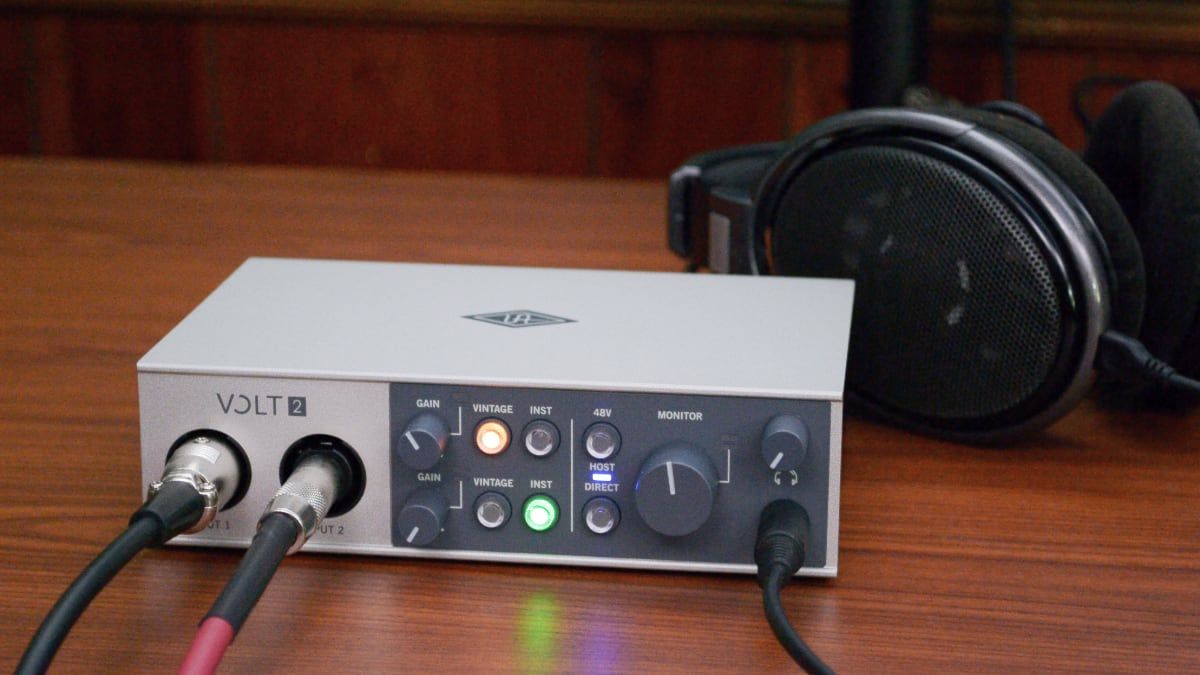 Kris
Wouk
/
How-To
Geek
Kris
Wouk
/
How-To
Geek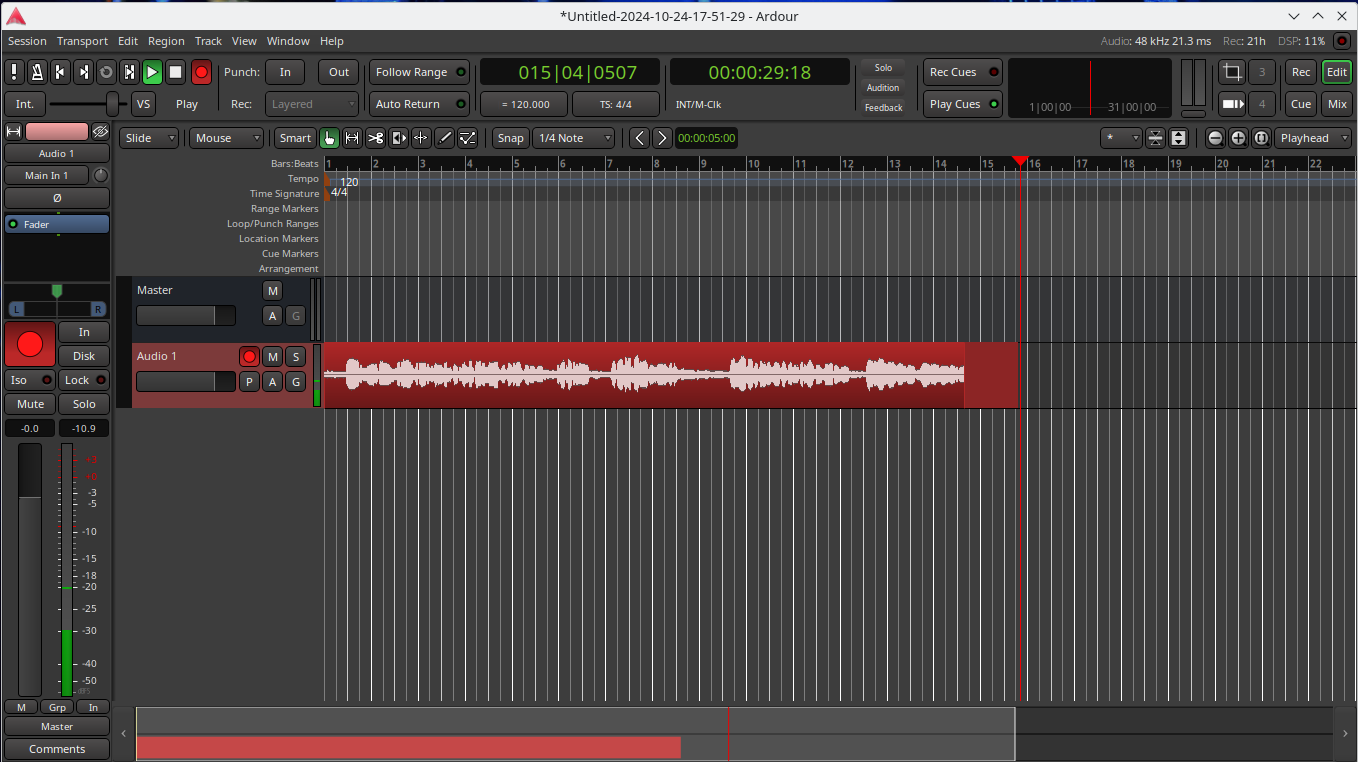
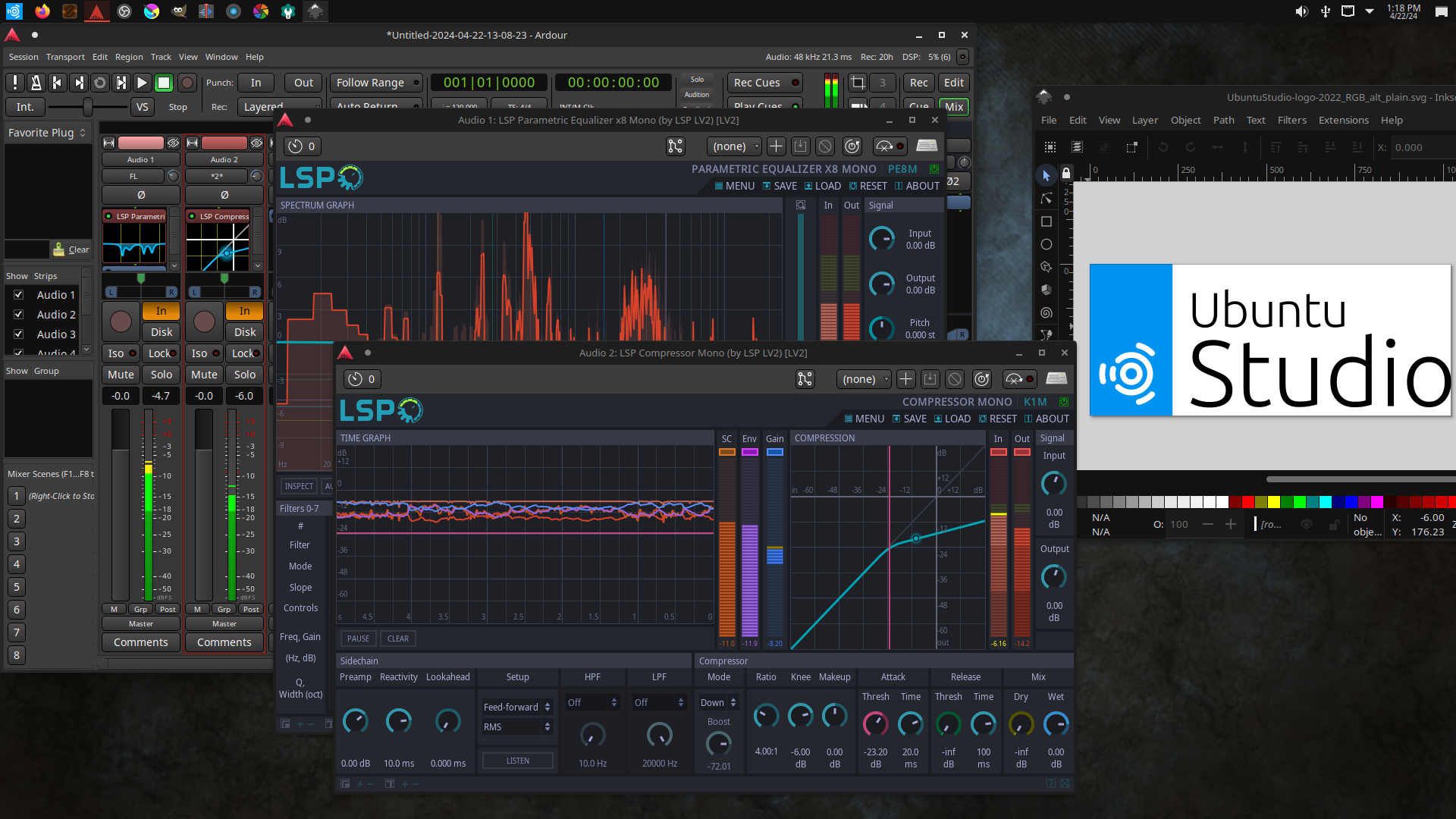 Ubuntu
Studio
Ubuntu
Studio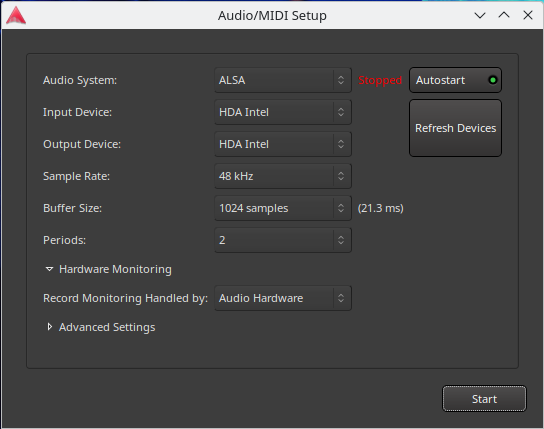
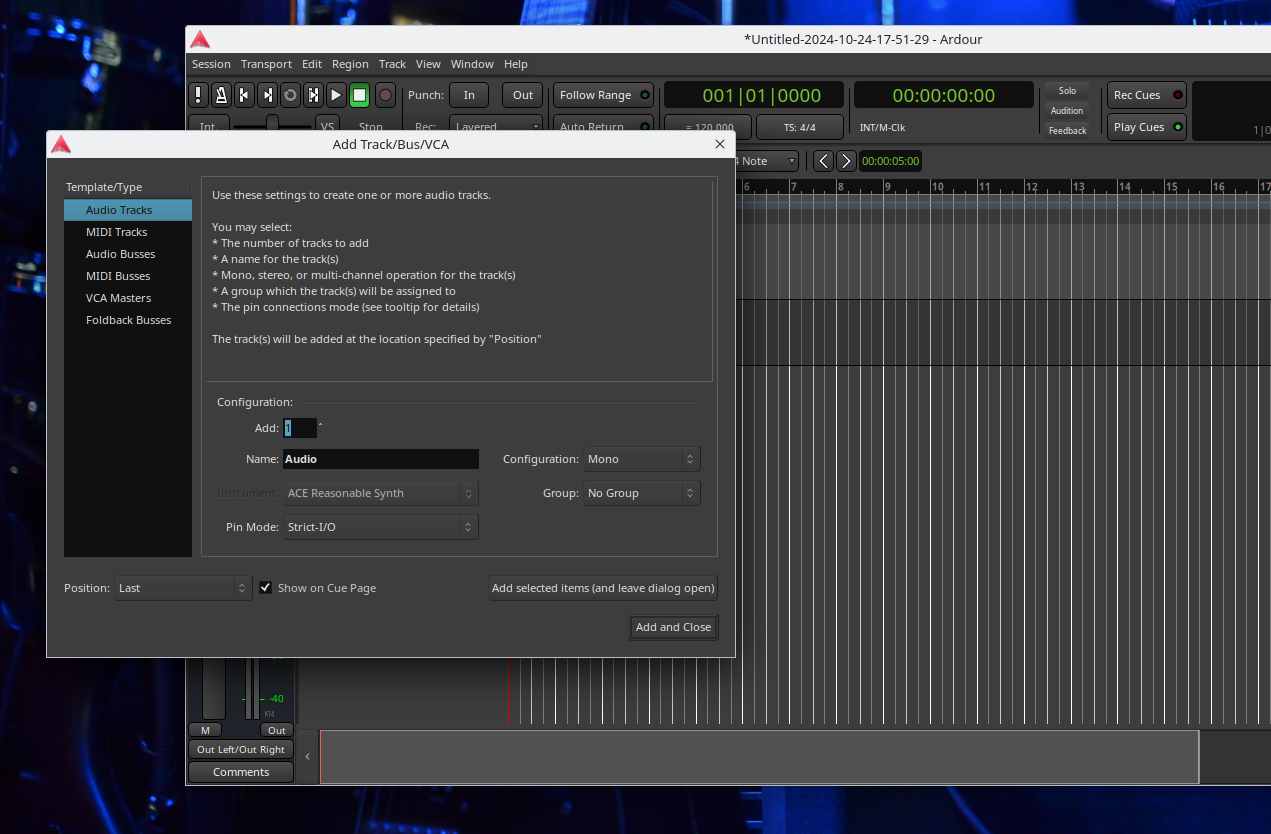

Comments